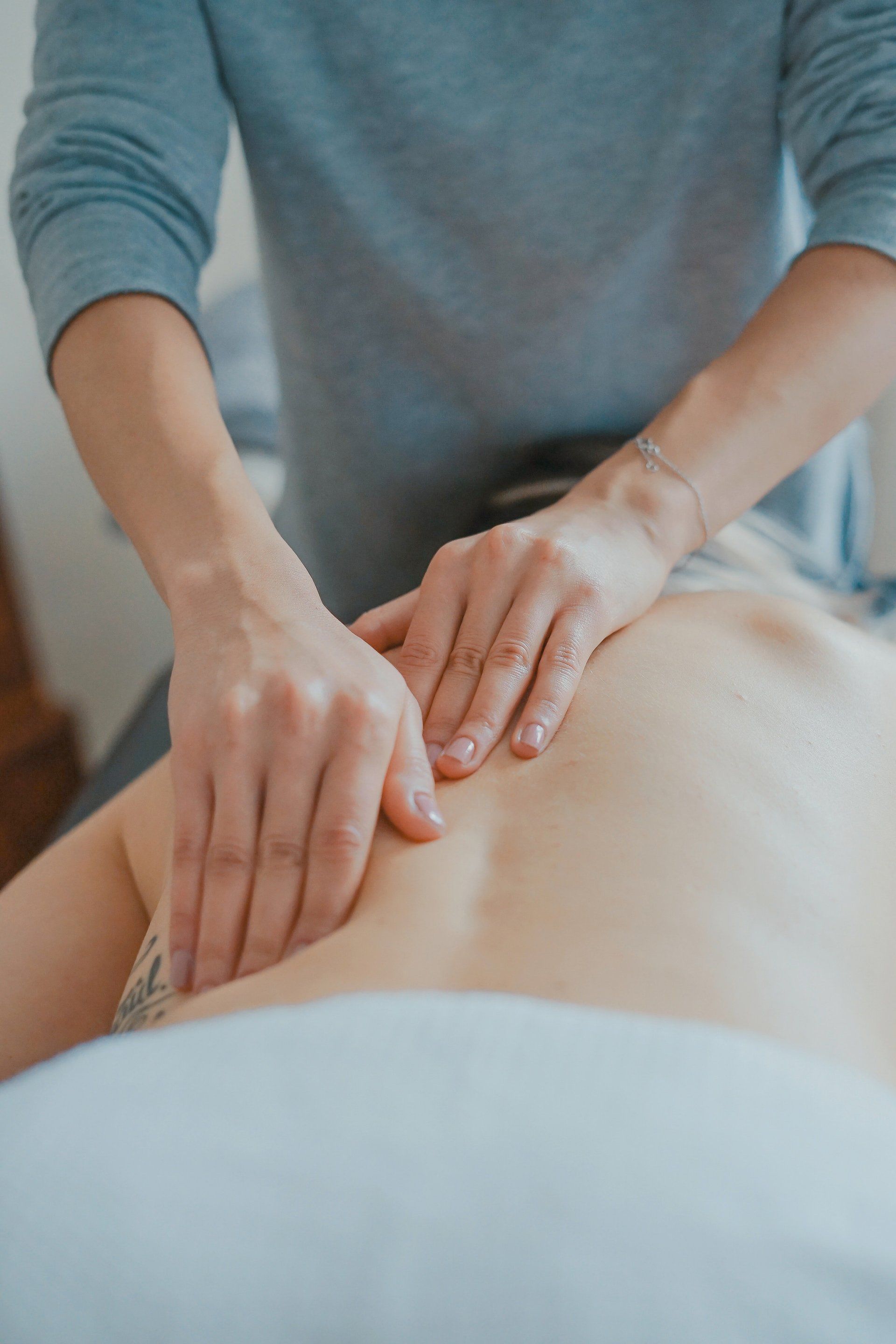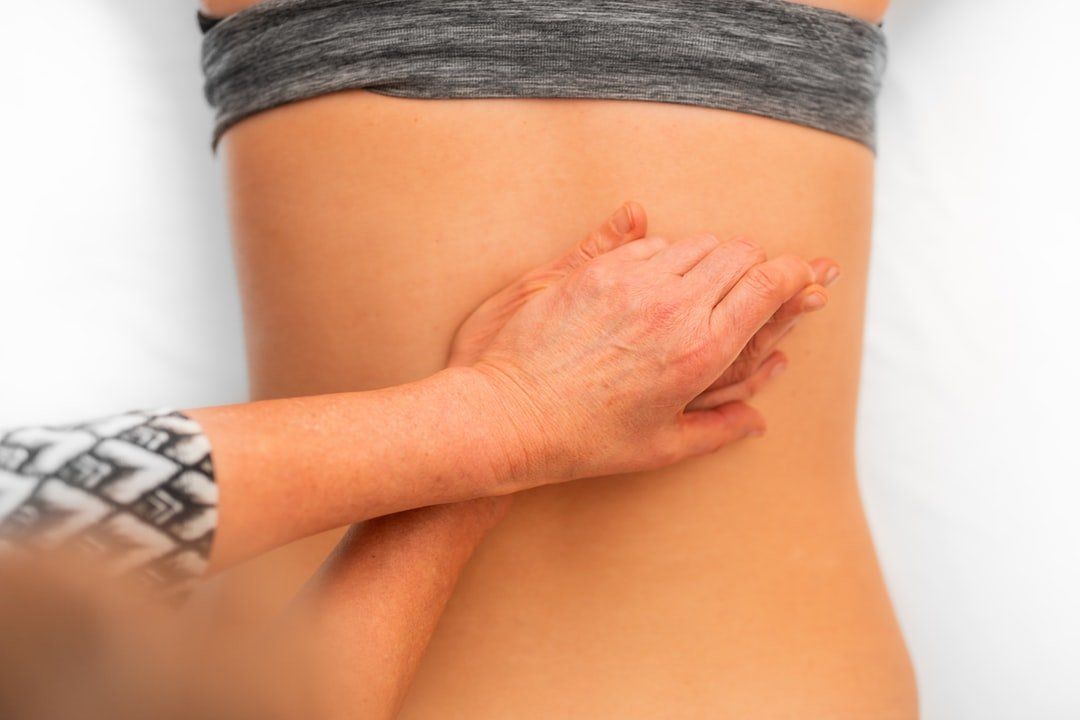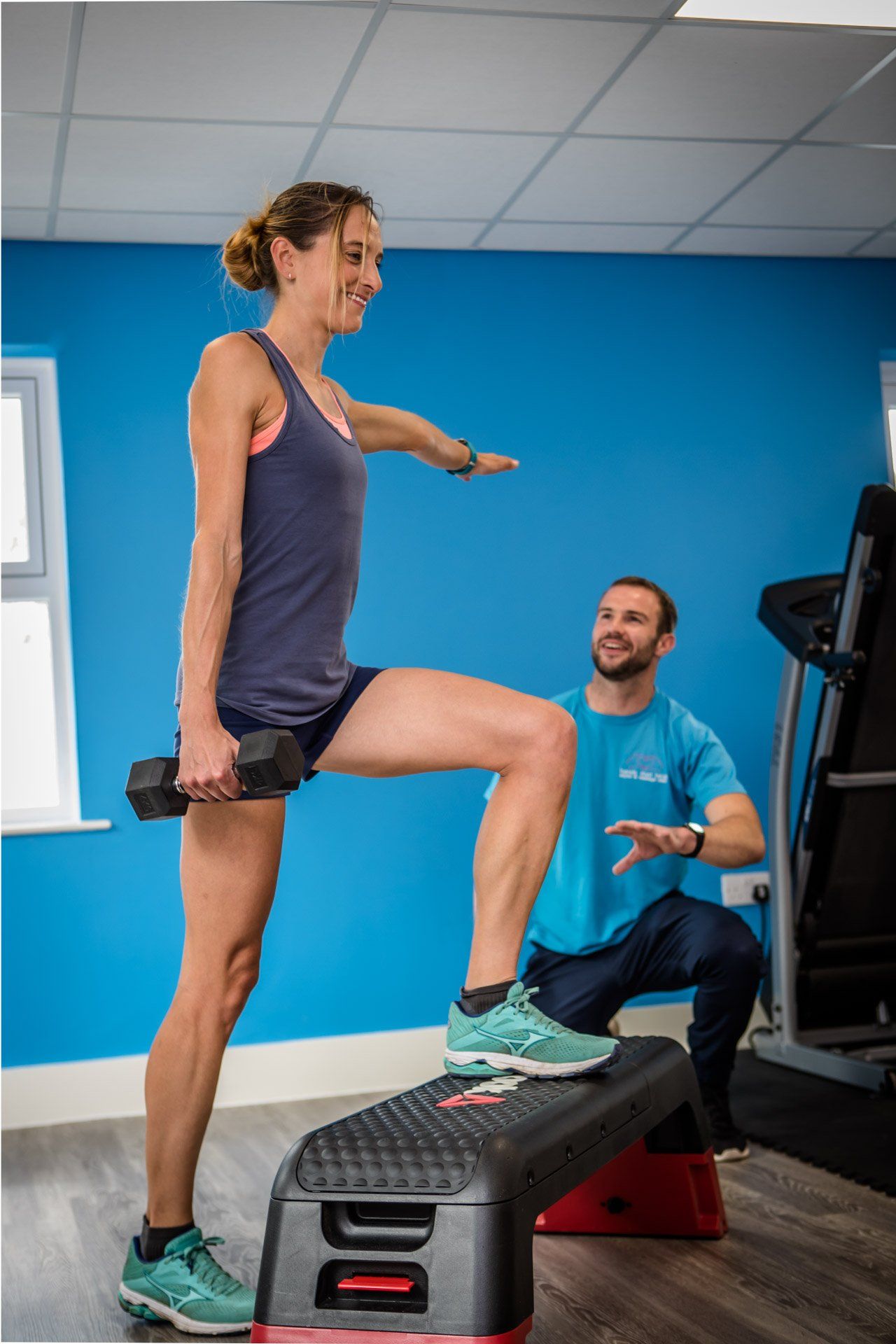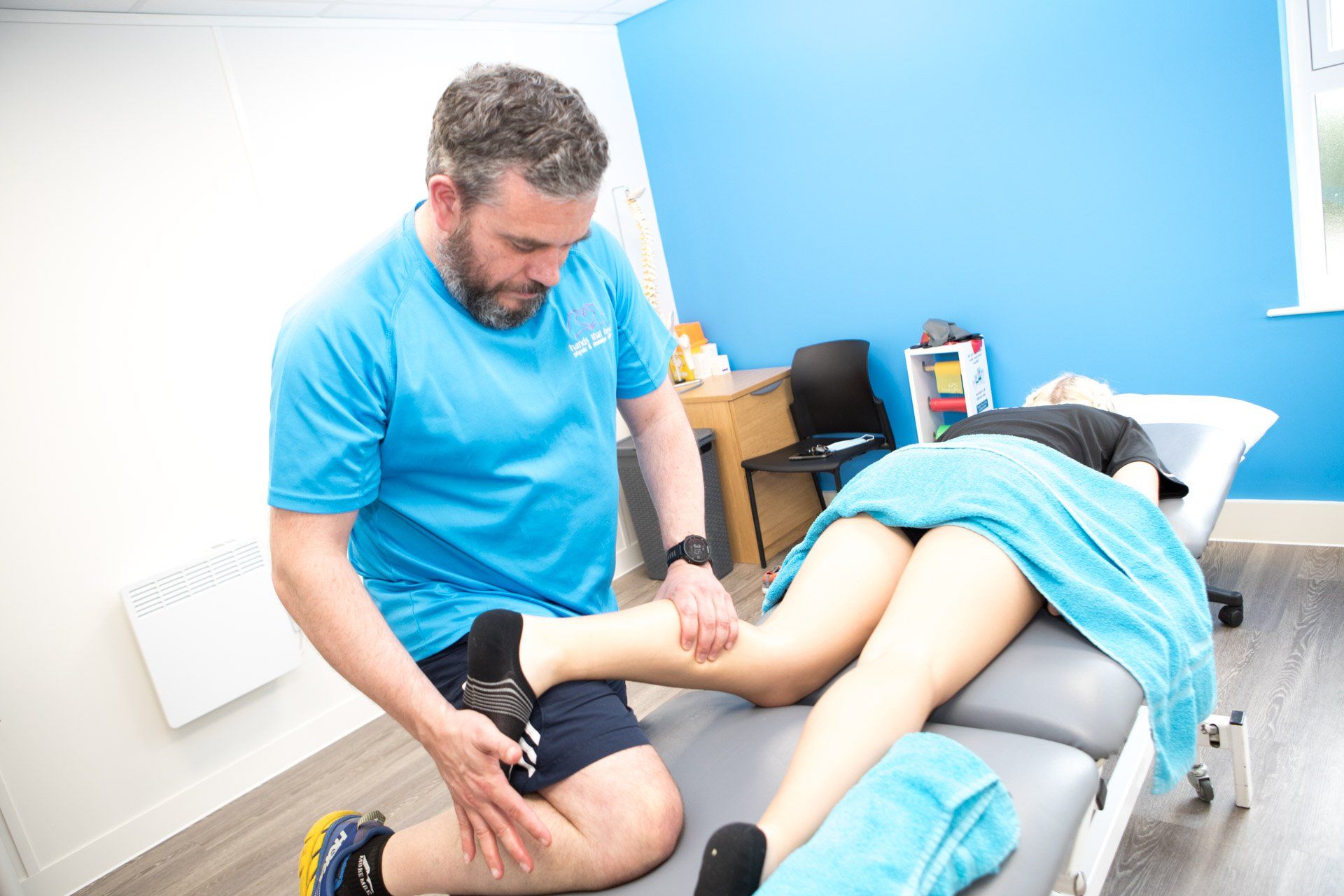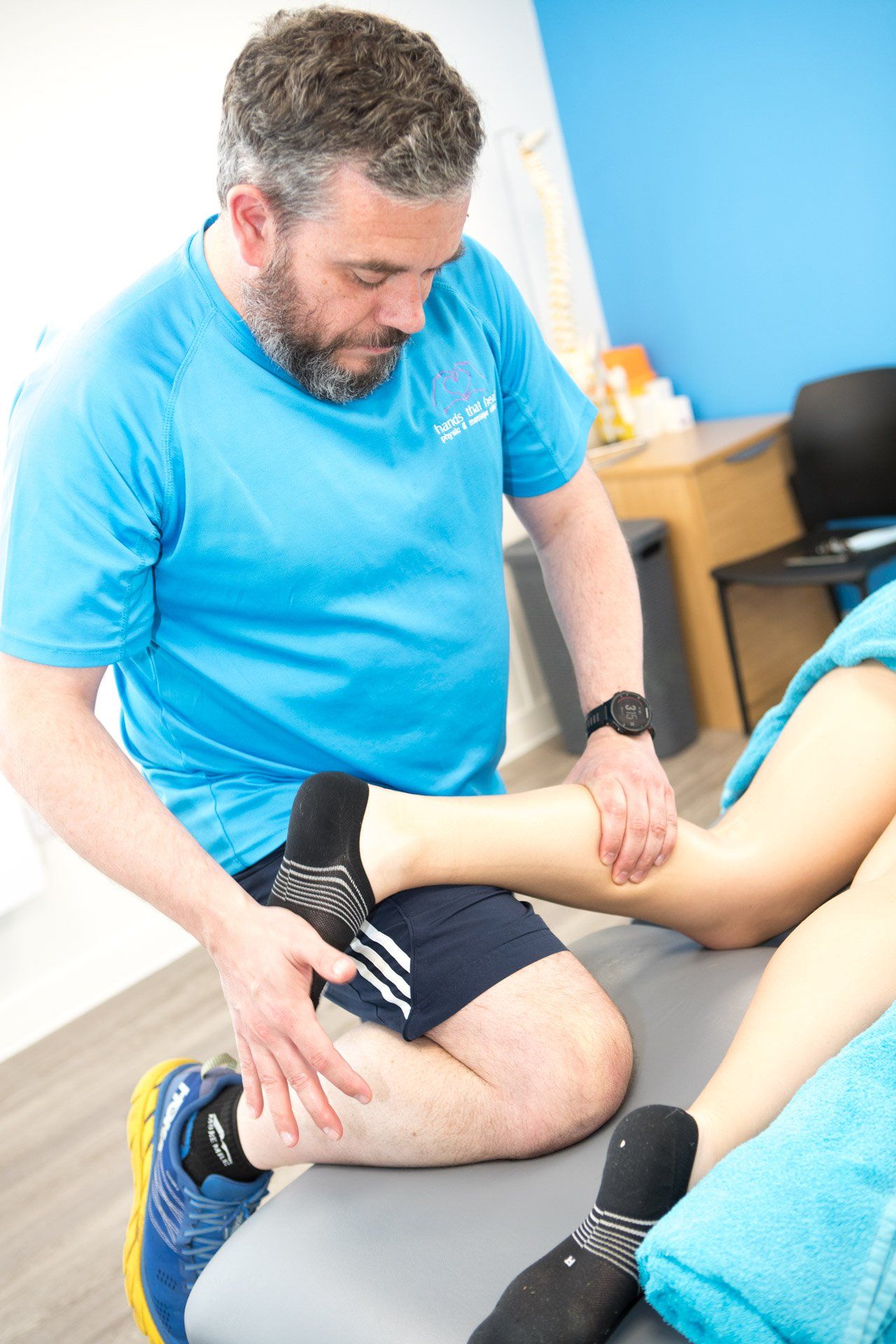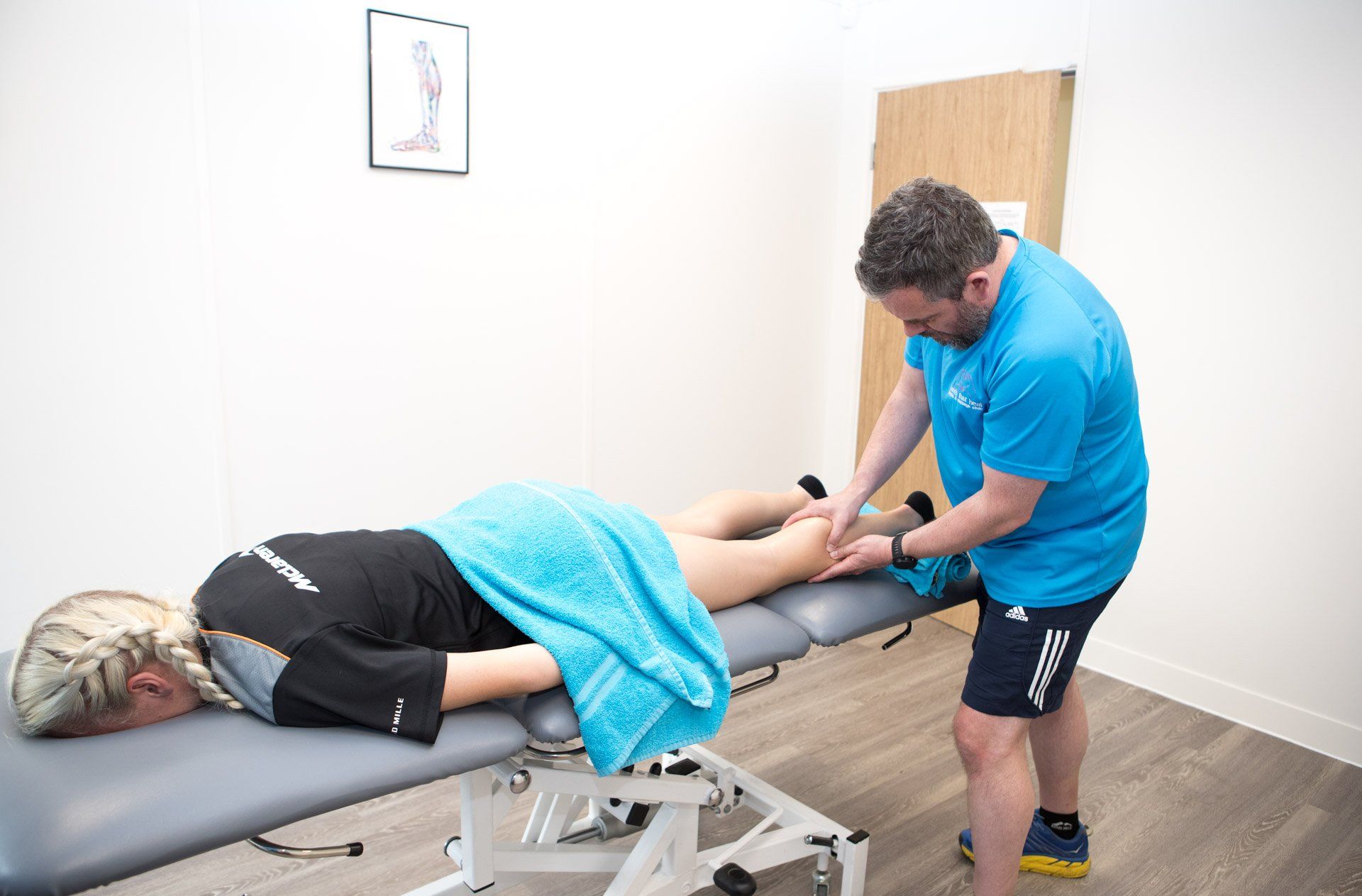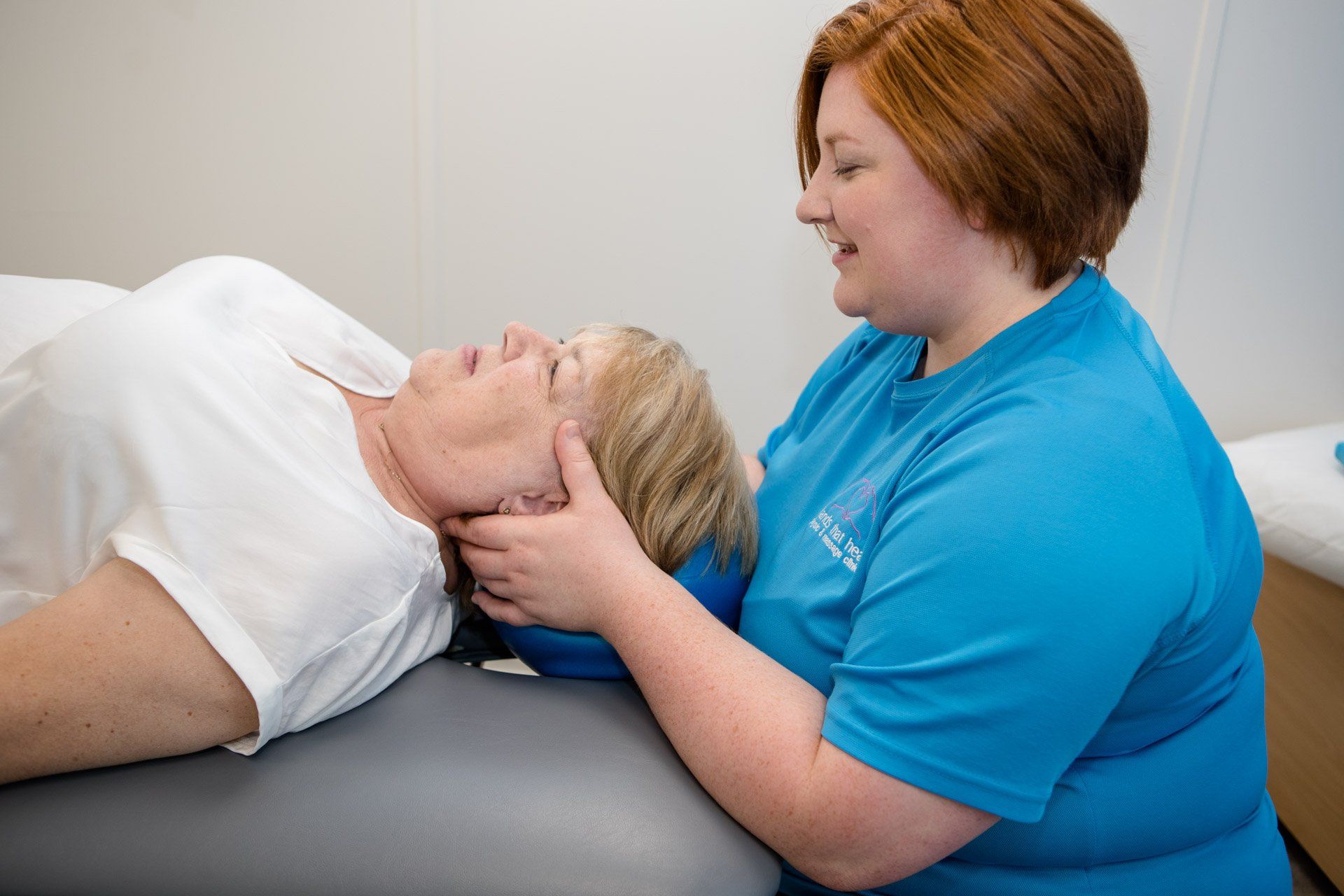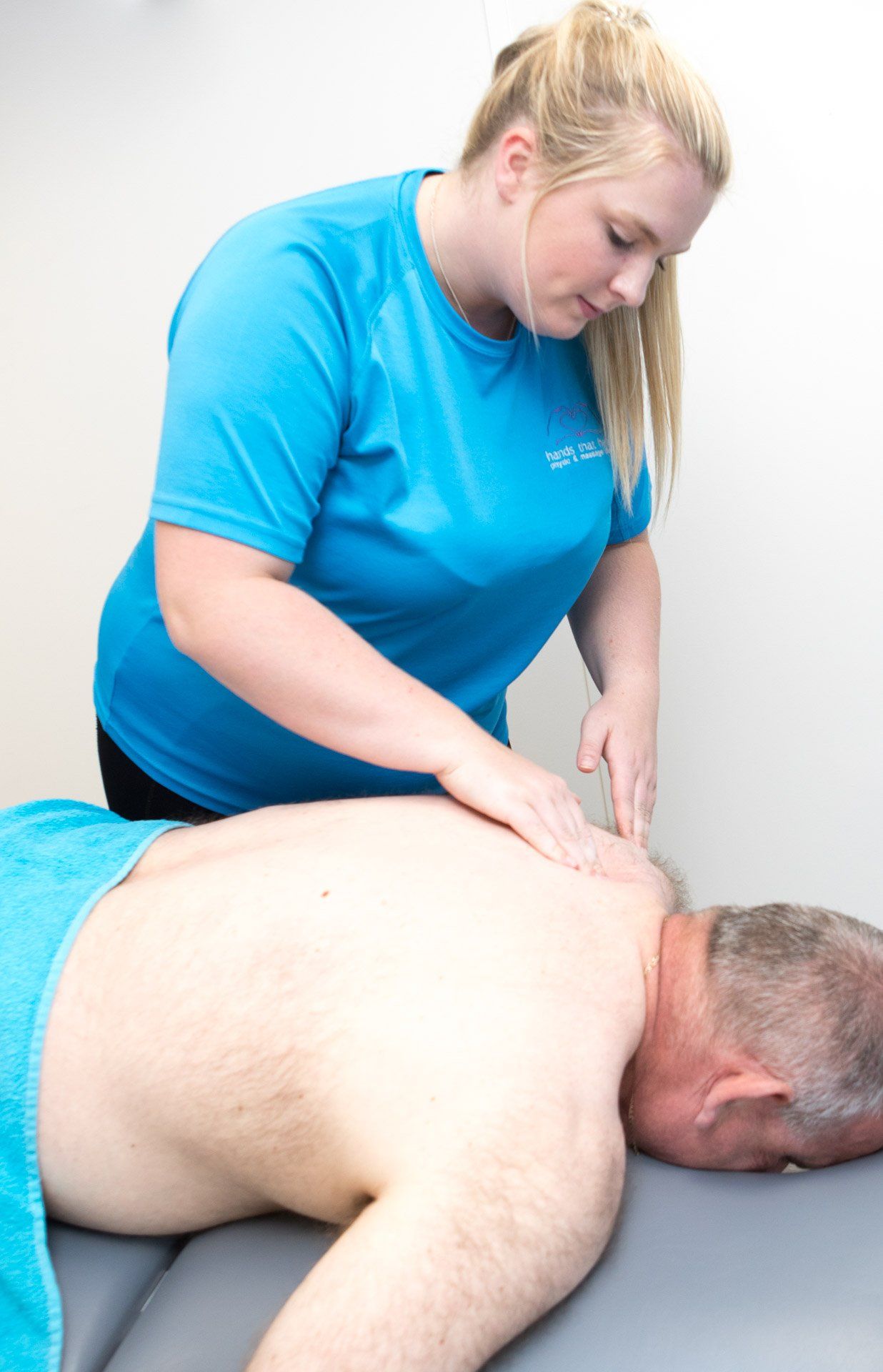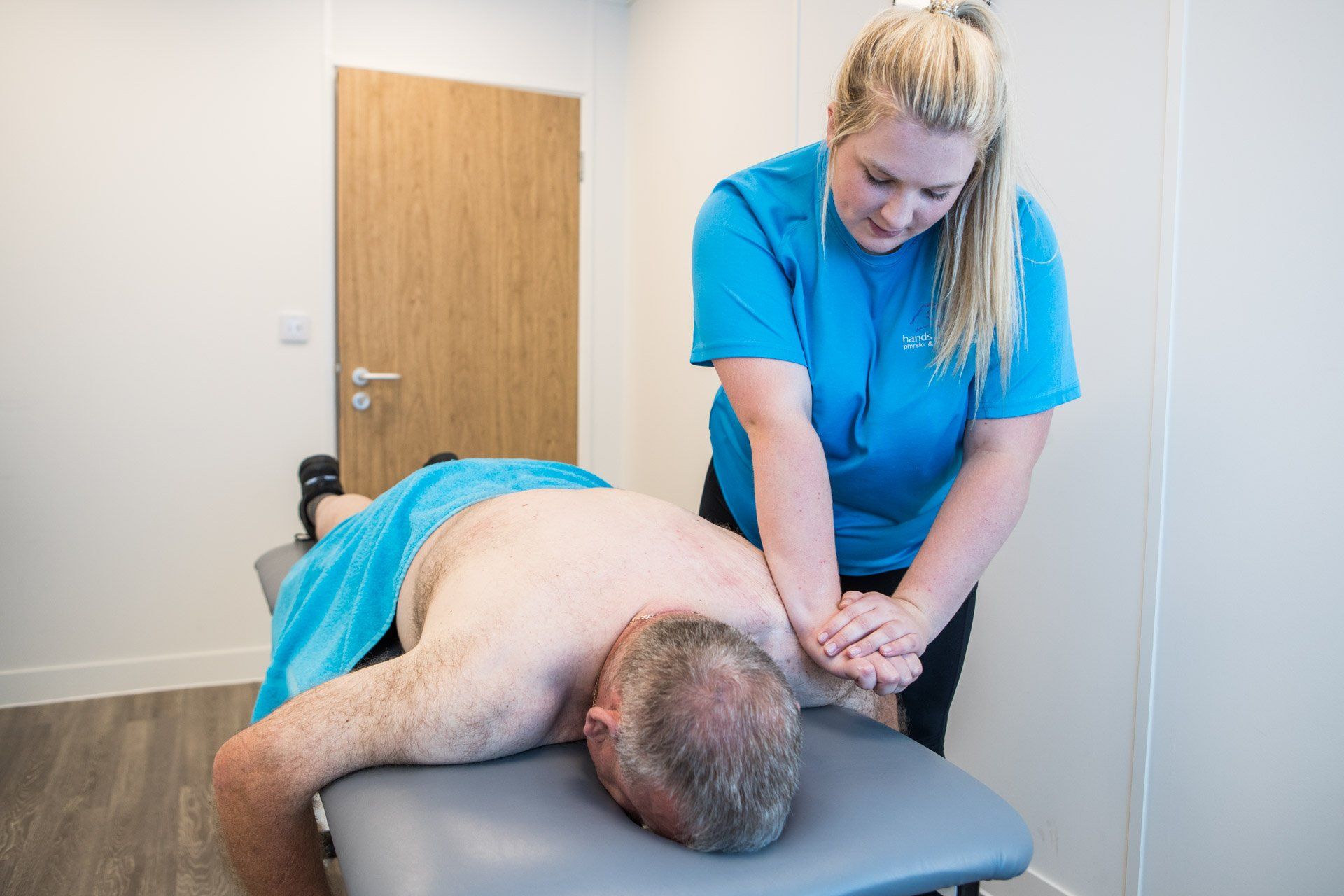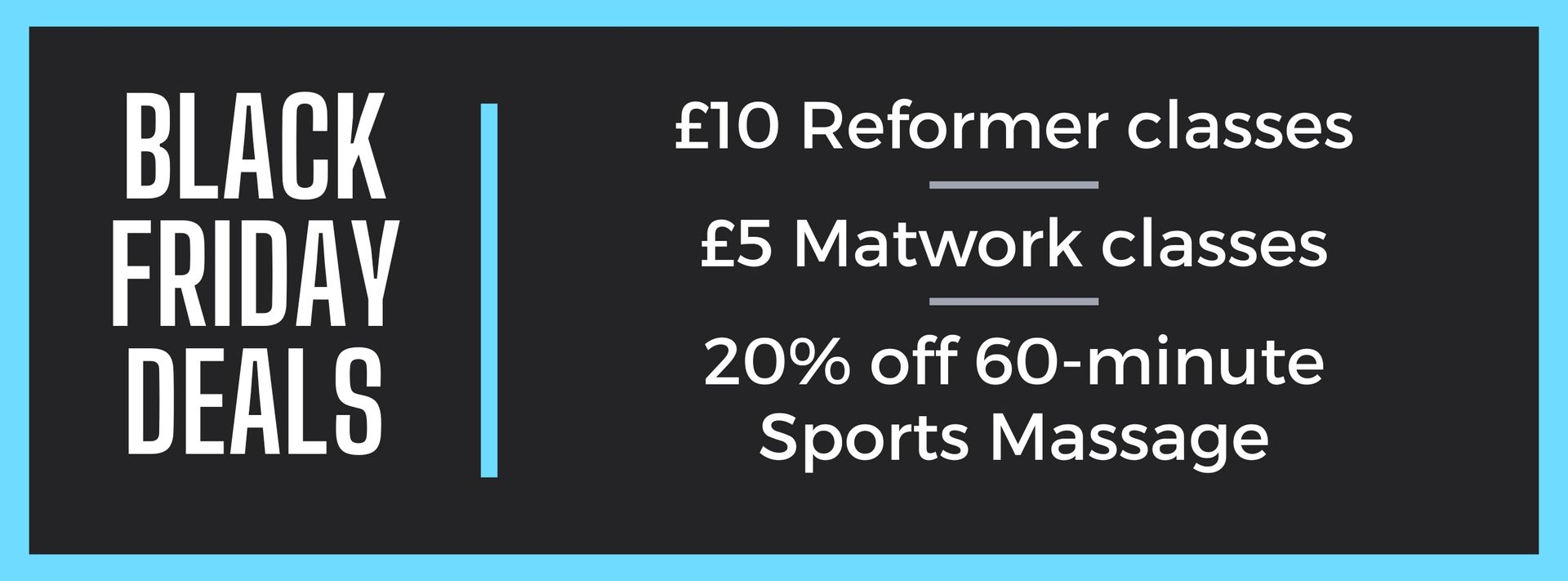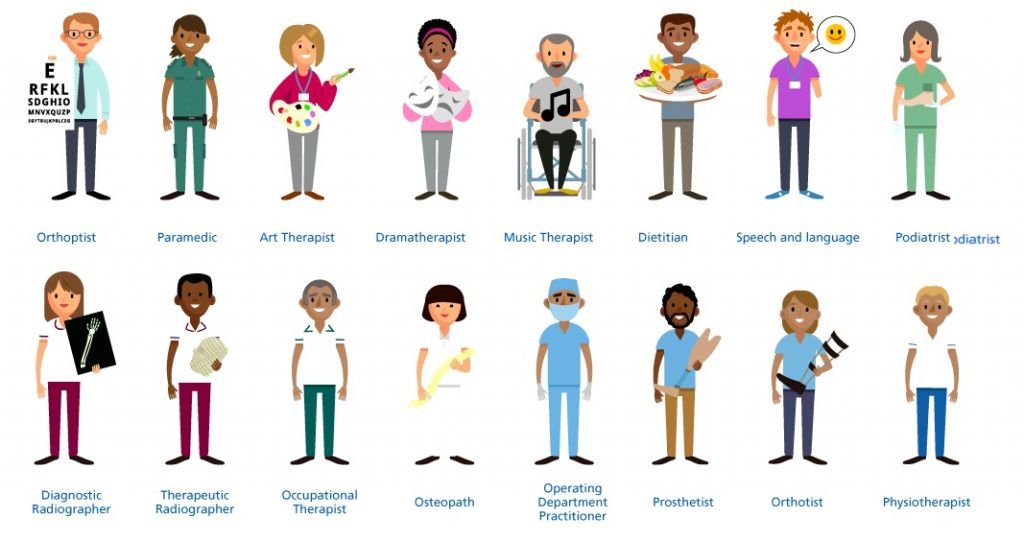What is the difference between Sport Massage and Physiotherapy
What is the actual difference between a Massage and a Physio appointment?
First of all we will look into what a "sports massage" appointment is, and then what a "Physiotherapy" appointment is, and finally, what's the difference between the two.
As we provide both massage and physiotherapy here at Hands That Heal, we thought it best if we gave you some information on both treatments so you know which one best suits you.
What is "Sports massage"?
Sports massage focuses on soft tissue issues, which basically means "muscle problems". for example, if you have a tight hamstring you can come for a sports massage to have the pain eased and the muscle relaxed.
The aim of a sports massage is to reduce any tightness and to increase mobility / movement. Massage is everything to do with muscles, including chronic muscle problems and the manipulation of the muscles in general.
The treatment is primarily designed to help correct problems and imbalances within soft tissues, as a result of repetitive and strenuous physical activity and trauma. The process of massage and manipulation can lead to stronger and healthier muscles being able to perform at a high level and work harder.
What is "Physiotherapy"?
Physiotherapy is very broad, and a vast subject. Unlike sports massage, physiotherapy can be very different from one patient to another. No one person has exactly the same issue as the next.
The aim of physiotherapy is to diagnose a issue and provide treatment to resolve the diagnosis. You can have physio on pretty much any part of the body which makes it very difficult for certain areas to be treated.
To elaborate, physiotherapy looks at:
- Joints,
- Tendons,
- Ligaments,
- The nervous system,
- The skeletal system,
- muscles,
Any manipulation of the neck, even if it's just a message of the neck, has to be classed as physiotherapy and can't be done unless the practitioner is a qualified physiotherapist, due to the delicate nature of the neck it can't be treated without a particular qualification.
What's the difference between Physio and Massage?
One of the main differences between the two, is the area of the body in which treatment is needed. With massage, it is usually the back of upper legs. Whereas with physiotherapy, it could be anything for a rotator cuff injury in the shoulder, to a issue with the knee joint.
Another key difference is the treatment method, with physiotherapy treatment, the patient will usually be given some exercises to go away with after an appointment. These are to be completed at home. We give our clients exercises to practice at home in order to strengthen the area which you have been struggling with and to move the treatment process along a bit quicker.
Physiotherapy provides a well rounded area were you can work on every area of the body, whereas sports massage is specific to muscle groups.
